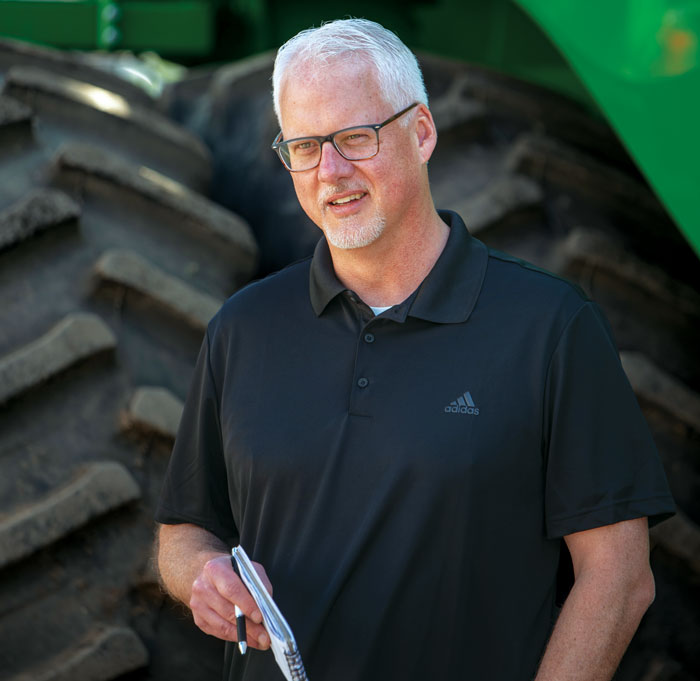Perspective often comes when and where you don’t expect it, including faraway lands.
Our staff returned recently from our 3rd Annual National Strip-Tillage Conference in Bloomington, Ill., which drew a crowd of 351 from 22 states and 4 countries. Among the international attendees were two farm managers who traveled from Thailand to learn how to leap-frog their operation forward (farm practices in Thailand, they say, lag the U.S. by 50 years). The pair found us via Facebook, and reached out ahead of time so we could help them arrange on-farm visits ahead of the conference.
The Thai farmers’ wide-eyed excitement at the conference and explanation of how different their ag world is to ours made for a fun interview between sessions — and one of several memorable parts of a 1.5-day event that revealed new optimism, even as commodity prices fell. Why? Because throughout that 32 hours, we witnessed the energy of farmers diligently seeking ways to improve their operation. There was no sitting on hands or pity parties among those at the event and in-the-field workshop.
Readjusting to a different ag climate hasn’t been easy. But even so, we possess a lot of enviable advantages, which we’re reminded of when we sit with our international subscribers and attendees. Here are 7 “car-ride” observations about why our ag industry is still a good place to be.
1. Food Demand — The rising global population, coupled with the growing appetite for protein diets, is not going away. Our industry’s product is as vital as they come; everyone needs to eat.
2. Automation & Advanced Technology — The coming years should bring the application of robotics and small, autonomous vehicles that can perform specific functions while addressing labor concerns, creating greater scale for our farmers and achieving pinpoint accuracies and efficiencies.
3. Our People — Ours is a relationship business where folks look each other in the eye and grant a mutual trust and respect almost from day one. This dynamic contributes positively to technology transfer and risk assessment. And now, unlike a generation ago, today’s youth can readily envision how they can immediately contribute.
4. Data Revolution — The affordability of on-farm data management offers enormous promise to measure the impact of even subtle changes to practices for reducing costly inputs, while at the same time safeguarding ahead of environmental regulation.
5. Industry Infrastructure — North America has a well-established and functioning support infrastructure of suppliers (1,121 companies in this edition, including 102 new ones), equipment dealers, input retailers, educational and research institutions and various trade associations, to name a few. Not to mention access to capital and transportation. It’s not perfect, of course, but it’s an enviable global differentiator and competitive advantage.
6. Product Innovation — North American agriculture has clearly marked a new “innovation age” — from seed genetics to precision farming technologies to the combine attachments and everything in between. Our staff’s treks to the major farm shows continue to unearth more product innovations than we have pages. Commitments to R&D continue strong, despite (or, as a result of) awareness that the horizon is changing.
7. Knowledge Resources — There’s no shortage of opportunities throughout the industry for those who want to learn, adapt and improve. As we saw first-hand in Bloomington, a silver lining of a tough economy is the openness to change, and to investigate different practices. That “thought investment” is good for the entire industry.







Post a comment
Report Abusive Comment